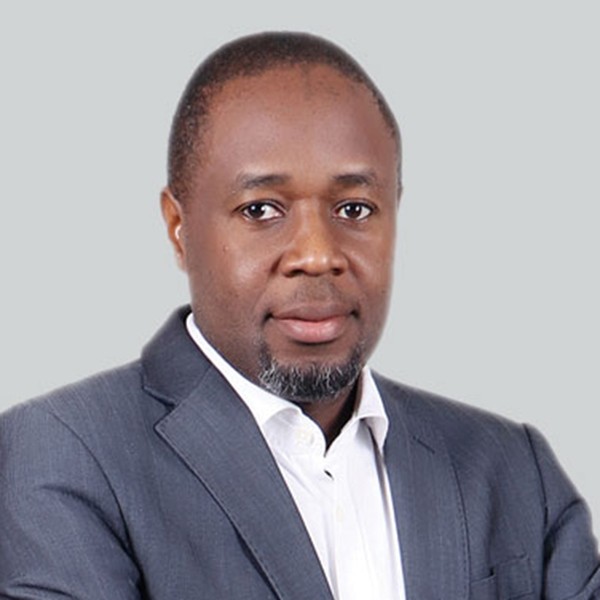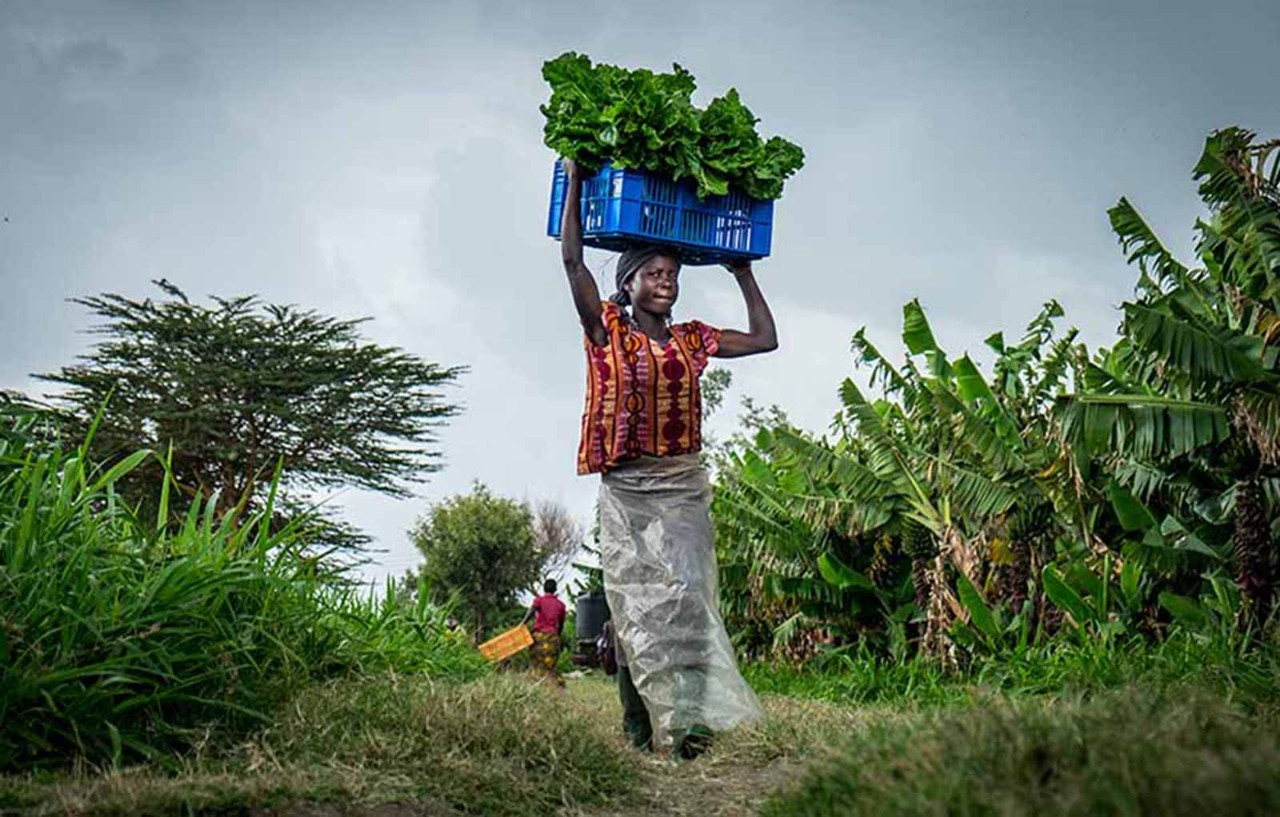
Not so long ago, outside the gates of two public institutions in Abuja, Nigeria’s capital, people living with disabilities gathered to protest at the diminished employment opportunities on offer to them.
They sat on the ground, on nearby lawns, in wheelchairs and on car hoods. Some were singing, some shouting, and many held placards highlighting that the proportion of people living with disabilities in most public institutions was unrepresentative of their presence in the general population.
In Africa, if we hear about the need for diversity the focus is usually on gender, religious or ethnic diversity, rather than on people with disabilities. But their need is arguably greater.
The global picture
According to the World Health Organization (WHO), 15% of the global population – more than a billion people – live with some form of disability, and 80% of these are in developing countries.
In Africa, around 10% of the population – well over a million people – is living with a disability, with the proportion twice as high in poorer regions. While many African nations are signatories to the UN Convention on Rights of Persons with Disabilities, the larger proportion of these citizens are still excluded from employment.

In Africa, around 10% of the population is living with a disability, with the proportion twice as high in poorer regions – most are excluded from employment
WHO found that the number of disabled in the world is on the increase, largely due to ageing populations. In Africa, incidence is high for other reasons: every day, people are disabled by environmental hazards, accidents (industrial, domestic and traffic), natural disasters, conflict, disease and malnutrition.
People living with disabilities are disadvantaged on every level. In healthcare, the high cost, lack of facilities and low capacity of health workers to provide care effectively disadvantages people living with disabilities. This is especially the case in low-income countries in sub-Saharan Africa (SSA).
Barriers to employment
Just as significantly, people with disabilities often miss out on education, the crucial foundation for finding employment.
According to the United Nation’s Flagship Report on Disability and Development, more than 25% of adolescents living with disabilities do not attend secondary school. In developing countries, this is often driven by an assumption that the potential economic contribution of this minority group does not justify the resources required to educate them. There may also be stigma involved, where disability is seen as some form of curse.
For these reasons, people living with disabilities are less likely to find employment. The UN found that in SSA between 2006 and 2016, the employment-to-population ratio of people living with disabilities was 34%, compared with 53% in the rest of the population.
Improve accessibility
Alongside stigma and exclusion from education, accessibility is also an issue that keeps those with disabilities out of the workforce. All across Africa, too many office buildings, facilities and transport systems are still inaccessible to people with disabilities. Bus and rail systems often do not consider their needs, nor do housing providers in big cities. This needs to change.
Many countries is SSA have introduced anti-discrimination and disability legislation, but while support for formulation and adoption of policies may be strong, implementation is too often slow and patchy. In 2019, Nigeria passed a law on disability which, among other measures, set a five-year limit for public buildings, transportation systems and the like to be modified to properly accommodate the disabled. We are now seeing signs that this is happening – government buildings are being fitted with ramps, elevators and other modifications. In Ghana, which introduced legislation in 2006, new public buildings are being built with accessibility in mind.
Anti-discrimination laws also mandate inclusivity in employment. Nigeria’s provision, for example, mandates that 5% of public sector employment be reserved for people living with disabilities. The disabled community in Nigeria is organised and strong, and has been able to improve the rate of inclusion, however much remains to be done to ensure access to education and, above all, alter attitudes.
The prevailing culture needs to change from one of mere toleration to acceptance as part of society, with systems and facilities that allow people with disabilities to live as normal lives as possible. Employers must consciously give people living with disabilities a chance to get good jobs, and give them the environment and tools to do these jobs.
More information
Find additional materials from ACCA on the theme of diversity and inclusion, including the current webinar series, on ACCA’s D&I web page

